
Deutsch-Chinesische Enzyklopädie, 德汉百科
 Mexico
Mexico
 Australia
Australia
 Brunei Darussalam
Brunei Darussalam
 Chile
Chile

 Hand in Hand
Hand in Hand
 Japan
Japan
 Canada
Canada
 Malaysia
Malaysia
 Mexico
Mexico
 New Zealand
New Zealand
 Peru
Peru
 Singapore
Singapore
 Vietnam
Vietnam


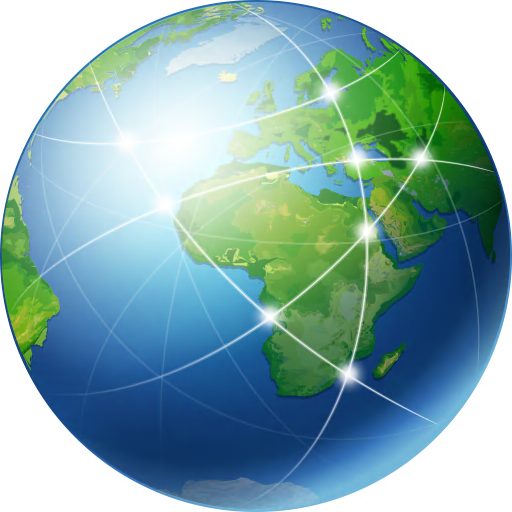 Geography
Geography
 Caribbean
Caribbean
 Mexico
Mexico

 Party and government
Party and government
 Group of the twenty most important industrial and emerging countries
Group of the twenty most important industrial and emerging countries


墨西哥合众国(西班牙语:Estados Unidos Mexicanos, ![]() 聆听 帮助·信息)[9][10][11][12],通称墨西哥(西班牙语:México [ˈmexiko]
聆听 帮助·信息)[9][10][11][12],通称墨西哥(西班牙语:México [ˈmexiko] ![]() 聆听),是北美洲的一个联邦共和制主权国家,北部同美国接壤,南侧和西侧滨临太平洋,东南为伯利兹、危地马拉和加勒比海,东部则为墨西哥湾[13]。其面积达近二百万平方公里(超过760,000平方英里)[12],为美洲面积第五大国家和世界面积第十四大国家。其总人口超过1.3亿[14],为世界第十人口大国,西班牙语世界第一人口大国及拉丁美洲第二人口大国。墨西哥为联邦国家,包括三十二个州;其首都和最大城市墨西哥城亦为一州。
聆听),是北美洲的一个联邦共和制主权国家,北部同美国接壤,南侧和西侧滨临太平洋,东南为伯利兹、危地马拉和加勒比海,东部则为墨西哥湾[13]。其面积达近二百万平方公里(超过760,000平方英里)[12],为美洲面积第五大国家和世界面积第十四大国家。其总人口超过1.3亿[14],为世界第十人口大国,西班牙语世界第一人口大国及拉丁美洲第二人口大国。墨西哥为联邦国家,包括三十二个州;其首都和最大城市墨西哥城亦为一州。
前哥伦布时期的墨西哥为诸多先进的中部美洲文明发源地,如奥尔梅克、托尔特克、特奥蒂瓦坎、萨波特克、玛雅和阿兹特克等。1521年,西班牙帝国以墨西哥-特诺奇提特兰为基点征服并殖民了这一地区,并将之建制为新西班牙总督辖区。1821年,在墨西哥独立战争之后,这一辖区宣布独立并受承认为墨西哥。独立后的墨西哥经历了一段动荡期,经济和政治均不稳定。美墨战争(1846–48)后其被迫将位于北部的近三分之一领土割让给美国。19世纪的墨西哥经历了糕点战争、法墨战争、内战、两个帝国以及一段独裁时期。1910年开始的墨西哥革命推翻了独裁统治,最终促成了1917年宪法的订立和现行政治体制的建立。
墨西哥的名义国内生产总值为世界第十五大,国际生产总值(购买力平价)为世界第十一大。墨西哥经济与其北美自由贸易协议(NAFTA)贸易伙伴紧密相关,尤其是美国[15][16]。自1994年起,墨西哥为经济合作与发展组织的首个拉丁美洲成员国。世界银行将其归为中高收入国家[17],分析人士亦称其为一新兴工业化国家[18][19][20][21]。估计至2050年,墨西哥将成为全球第五或第七大经济体[22][23]。该国被认为是一地域大国和中等强国[24][25][26][27],并时常被认为是一新兴强国[28]。墨西哥文化历史遗产丰富,拥有美洲数量第五多和世界第六多的联合国教科文组织世界遗产[29][30][31]。2015年其为世界访客数量第十的国家,国际来访人次达2910万[32][33]。墨西哥为联合国、世界贸易组织、G20峰会和团结谋共识成员国,2014年起成为法语圈国际组织观察员。
Mexiko (spanisch: México oder Méjico [ˈmexiko], nahuatl: Mexihco [meː'ʃiʔko]), amtlich Vereinigte Mexikanische Staaten, spanisch: Estados Unidos Mexicanos, ist eine Bundesrepublik in Nordamerika, die 31 Bundesstaaten und den Hauptstadtdistrikt Mexiko-Stadt umfasst. Im Norden grenzt Mexiko an die Vereinigten Staaten von Amerika (USA), im Süden und Westen an den Pazifischen Ozean, im Südosten an Guatemala, Belize und an das Karibische Meer, im Osten an den Golf von Mexiko. Mit einer Gesamtfläche von fast zwei Millionen Quadratkilometern ist Mexiko das fünftgrößte Land auf dem amerikanischen Doppelkontinent, global liegt das Land an vierzehnter Stelle. Weltweit liegt Mexiko mit einer Bevölkerungszahl von etwa 125 Millionen Menschen auf Platz elf und ist das einwohnerreichste spanischsprachige Land.
メキシコ合衆国(メキシコがっしゅうこく、スペイン語: Estados Unidos Mexicanos)、通称メキシコは、北アメリカ南部に位置する連邦共和制国家。北にアメリカ合衆国と南東にグアテマラ、ベリーズと国境を接し、西は太平洋、東はメキシコ湾とカリブ海に面する。首都はメキシコシティ。メキシコの総人口は約1億3,000万人(2016年時点)で、スペイン語圏においてはもっとも人口の多い国である。GDPは中南米2位[注釈 1]。
Mexico (Spanish: México [ˈmexiko] (![]() listen); Nahuan languages: Mēxihco), officially the United Mexican States (Spanish: Estados Unidos Mexicanos; EUM [esˈtaðos uˈniðoz mexiˈkanos] (
listen); Nahuan languages: Mēxihco), officially the United Mexican States (Spanish: Estados Unidos Mexicanos; EUM [esˈtaðos uˈniðoz mexiˈkanos] (![]() listen)), is a country in the southern portion of North America. It is bordered to the north by the United States; to the south and west by the Pacific Ocean; to the southeast by Guatemala, Belize, and the Caribbean Sea; and to the east by the Gulf of Mexico.[10] Mexico covers 1,972,550 square kilometers (761,610 sq mi)[11] and has approximately 128,649,565 inhabitants,[4] making it the world's 13th-largest country by area, 10th-most populous country, and most populous Spanish-speaking nation. It is a federation comprising 31 states and Mexico City,[12] its capital city and largest metropolis. Other major urban areas include Guadalajara, Monterrey, Puebla, Toluca, Tijuana, Ciudad Juárez, and León.[13]
listen)), is a country in the southern portion of North America. It is bordered to the north by the United States; to the south and west by the Pacific Ocean; to the southeast by Guatemala, Belize, and the Caribbean Sea; and to the east by the Gulf of Mexico.[10] Mexico covers 1,972,550 square kilometers (761,610 sq mi)[11] and has approximately 128,649,565 inhabitants,[4] making it the world's 13th-largest country by area, 10th-most populous country, and most populous Spanish-speaking nation. It is a federation comprising 31 states and Mexico City,[12] its capital city and largest metropolis. Other major urban areas include Guadalajara, Monterrey, Puebla, Toluca, Tijuana, Ciudad Juárez, and León.[13]
Pre-Columbian Mexico traces its origins to 8,000 BC and is identified as one of six cradles of civilization;[14] it was home to many advanced Mesoamerican civilizations, most well-known among them the Maya and the Aztecs. In 1521, the Spanish Empire conquered and colonized the territory from its base in Mexico City, which then became known as New Spain. The Catholic Church played an important role as millions of indigenous inhabitants converted. These populations were heavily exploited to mine rich deposits of precious material, which became a major source of wealth for the Spanish.[15] Mexico became an independent nation state after the successful Mexican War of Independence against Spain in 1821.[16]
The War of Texas Independence in 1836 and the Mexican–American War led to huge territorial losses in Mexico's sparsely populated north, contiguous to the United States. The newly instituted reforms that granted protection to indigenous communities, and curtailed the power of the military and the church, were enshrined in the Constitution of 1857. This triggered the War of the Reform and French intervention. Maximilian Habsburg was installed as emperor by France and Benito Juárez kept an opposing republican government in exile. The following decades were marked by instability and dictatorship of Porfirio Díaz, who sought to modernize Mexico and restore order.[16] The Porfiriato ended with the Mexican Revolution in 1910 and the winning Constitutionalist faction drafted a new 1917 Constitution. The revolutionary generals of the winning northern faction dominated the 1920s and served as presidents, but the 1928 assassination of Alvaro Obregón led to the formation of the Institutional Revolutionary Party in 1929, under which Mexico was a one-party state until 2000.[17][18][19][20]
Mexico is a developing country, ranking 76th on the Human Development Index, but is considered a newly industrialized state by several analysts.[21][22][23][24] It has the world's 15th-largest economy by nominal GDP and the 11th-largest by PPP, with the United States being its largest economic partner.[25][26] The large economy, area, population and politics make Mexico a regional power and a middle power,[27][28][29][30] and is often identified as an emerging power.[31] However, Mexico continues to struggle with social inequalities, poverty and extensive crime; the country ranks poorly on the Global Peace Index.[32] Since 2006, the conflict between the government and drug trafficking syndicates lead to over 120,000 deaths.[33]
Mexico ranks first in the Americas and 7th in the world for the number of UNESCO World Heritage Sites.[34][35][36] Mexico is an ecologically megadiverse country, ranking 5th in the world for its natural biodiversity.[37] Mexico receives a significant number of tourists every year; in 2018, it was the 6th most-visited country in the world, with 39 million international arrivals.[38] Mexico is a member of the United Nations (UN), the World Trade Organization (WTO), the G8+5, the G20, the Uniting for Consensus group of the UN, and the Pacific Alliance trade bloc.
Le Mexique, en forme longue les États-Unis Mexicains11,12,13, en espagnol México et Estados Unidos Mexicanos14 ou EUM, est un pays situé dans la partie méridionale de l'Amérique du Nord.
Délimité à l'est-sud-est par le Guatemala et le Belize, et au nord-nord-ouest par les États-Unis d'Amérique, il est bordé à l'est par le Golfe du Mexique et la mer des Caraïbes et au sud-ouest par l'océan Pacifique. C'est le quatorzième pays en superficie, avoisinant 2 millions de km2.
Avec une population estimée en mai 2018 à 130,5 millions d'habitants par l'Organisation des Nations unies15, le Mexique se classe au onzième rang mondial des pays les plus peuplés16. Plus de 98 % des Mexicains parlent l'espagnol mexicain, et plus de 7 millions (environ 6 %) parlent une langue indigène ; la loi mexicaine les reconnaît comme langues nationales depuis 2003, mais aucune ne possède le statut de langue officielle. Politiquement, le Mexique est une république constitutionnelle fédérale, composée de trente-deux entités fédératives dont trente et une ont le statut d'État, Mexico n'ayant pas ce statut17 car abritant la capitale politique du pays18.
La présence humaine au Mexique remonte à plus de 30 000 ans avant le présent19,20,21. Après des millénaires de développement culturel sont apparues les cultures mésoaméricaines, aridaméricaines et oasisaméricaines. Avant les premiers contacts avec les Européens, vivaient diverses civilisations, telles que les Olmèques, les Toltèques, les Zapotèques, les Mayas, et les Aztèques. En 1521, l'Espagne conquit et colonisa le territoire depuis Mexico-Tenochtitlan, qui devint la capitale de la vice-royauté de Nouvelle-Espagne. Après près de trois cents ans de colonisation espagnole, le territoire débuta une guerre d'indépendance contre l'Espagne en 1810, qui dans la foulée déclara sa séparation en 1813 pour établir le Mexique, avant de sortir victorieux en 1821. Le pays connaît ensuite un demi-siècle d'instabilité politique et financière, caractérisé par divers conflits dont une tentative de reconquête par l'Espagne en 1829, la guerre des Pâtisseries, une guerre contre les États-Unis, une guerre civile, une intervention française, trois républiques et deux Empires. Durant la présidence de Porfirio Díaz, le pays a connu une période de modernisation et de croissance économique importante. Díaz fut renversé à la suite d'une révolution en 1910, qui culmina avec la constitution de 1917 et la mise en place du système politique actuel.
Le Mexique fait partie des vingt premières puissances économiques mondiales (quinzième avec un PIB de 1 149 milliards de dollars en 2017)22. Mesuré en parité de pouvoir d'achat, son PIB arrive à la onzième place, devant l'Italie23. Le Mexique est le neuvième plus grand producteur de pétrole au monde et le premier producteur d'argent. Puissance émergente, puissance moyenne à l'échelle mondiale et puissance régionale, le Mexique est le premier pays d'Amérique latine à avoir rejoint l'OCDE. Classé parmi les nouveaux pays industrialisés24, il s'agit, selon la Banque mondiale, d'un pays à revenu intermédiaire supérieur. Son économie est fortement liée à celle des États-Unis, par son appartenance à l'ALENA. Selon l'organisation mondiale du tourisme, le Mexique est la principale destination d'Amérique latine et la treizième plus visitée au monde. En plus d’être l'un des dix-sept pays mégadivers de la planète (il abrite de 10 à 12 % de la biodiversité mondiale et comprend plus de douze mille espèces endémiques), il compte 33 sites culturels ou naturels inscrits par l'UNESCO au patrimoine de l'humanité. D'après le rapport de 2013 sur le développement humain El ascenso del sur de l'ONU, l'indice de développement humain du Mexique s'élève à 0,775 unités, et occupe la 61e place mondiale (au côté de l’Indonésie, la Turquie, la Thaïlande, et l'Afrique du Sud) alors qu'en 1980 son indice ne s'élevait qu'à 0,598 unités. Le Mexique est également membre d'institutions internationales de grande envergure, telles que l'ONU, l'OMC et le G20.
Le Mexique était membre de l'Accord de libre-échange nord-américain (ALENA, ou « TLCAN » en espagnol, « NAFTA » en anglais) jusqu’en 2018. Cet accord a été remplacé par l’Accord Canada–États-Unis–Mexique (ACEUM) en décembre 2018, et avec la récente modernisation en 2020 de l'accord de libre-échange entre les États-Unis, le Canada et le Mexique, il s'appelle désormais T-MEC.
Il Messico (spagnolo: México[4]; nahuatl: Mēxihco), ufficialmente gli Stati Uniti Messicani (spagnolo: Estados Unidos Mexicanos; nahuatl: Mēxihcatl Tlacetilīlli Tlahtohcāyōtl), è una democrazia rappresentativa composta da trentuno Stati. Secondo la Costituzione messicana la sede dei poteri della federazione e capitale dello Stato è Città del Messico. Occupa la parte meridionale dell'America settentrionale, e la parte settentrionale dell'America Latina. Il Messico è delimitato a nord dal confine con gli Stati Uniti d'America, a est dal golfo del Messico e dal mare Caraibico, a sud-est dal Belize e dal Guatemala e a ovest dall'oceano Pacifico. Con una superficie di 1.972.550 km² il Messico è il 14° paese più esteso del mondo mentre con 128.649.565 persone[5], oltre ad essere il 10° paese più popoloso del mondo è anche il più popoloso paese ispanofono e il secondo più popoloso di religione cattolica dopo il Brasile. Lo spagnolo è parlato in Messico con molte lingue indigene, ufficialmente riconosciute.
L'insediamento umano in questo territorio risale a circa undicimila anni fa e da allora si succedettero svariati popoli, sia agricoltori della Mesoamerica sia nomadi. Dopo la conquista spagnola il Messico cominciò la sua lotta per l'indipendenza politica nel 1810. In seguito per quasi un secolo il paese è stato coinvolto in una serie di guerre interne e d'invasioni straniere che hanno avuto un impatto forte in tutti gli ambiti della vita messicana. Per la maggior parte del XX secolo (principalmente per la prima metà) si assistette a un periodo di forte crescita economica nel contesto di una politica dominata da un unico partito politico.
Per volume di prodotto interno lordo (PIL) nominale il Messico è considerata la quattordicesima economia mondiale.[2] Tuttavia la distribuzione della ricchezza è estremamente diseguale, tanto che gli indici di sviluppo umano possono variare enormemente fra zona e zona del paese.[6][7] Per una buona parte del XX secolo la principale fonte di ricchezza del paese è stato il petrolio, anche se il processo di industrializzazione del paese ha permesso la diversificazione dell'economia. Le rimesse dei lavoratori all'estero sono aumentate di anno in anno e rappresentano il 3% del PIL costituendo un'importante fonte di valuta estera per il paese, accanto ai proventi delle esportazioni di petrolio e del turismo.[8][9] Dopo la cattura di Pablo Escobar la lotta per il controllo delle rotte della droga per gli Stati Uniti d'America attraverso il Messico ha prodotto una vera e propria guerra civile tra i vari cartelli della droga, che ha portato a oltre 100.000 morti.
Il Messico è una potenza regionale[10][11] e uno dei due paesi dell'America Latina insieme al Cile a essere membro dell'Organizzazione per la cooperazione e lo sviluppo economico (OCSE).
Méxiconota 1 (![]() [ˈmexiko]), oficialmente los Estados Unidos Mexicanos,18192021 es un país soberano ubicado en la parte meridional de América del Norte; su capital y ciudad más poblada es la Ciudad de México.22 Políticamente es una república representativa, democrática, federal y laica, compuesta por 32 entidades federativas (31 estados y una capital federal).2324
[ˈmexiko]), oficialmente los Estados Unidos Mexicanos,18192021 es un país soberano ubicado en la parte meridional de América del Norte; su capital y ciudad más poblada es la Ciudad de México.22 Políticamente es una república representativa, democrática, federal y laica, compuesta por 32 entidades federativas (31 estados y una capital federal).2324
El territorio mexicano tiene una superficie de 1 964 375 km²,25 por lo que es el decimotercer país más extenso del mundo y el tercero más grande de América Latina. Limita al norte con los Estados Unidos de América a lo largo de una frontera de 3155 km, mientras que al sur tiene una frontera de 958 km con Guatemala y 276 km con Belice. Las costas del país limitan al oeste con el océano Pacífico y al este con el golfo de México y el mar Caribe, sumando 9330 km, por lo que es el tercer país americano con mayor longitud de litoral.26
México es el undécimo país más poblado del mundo, con una población estimada en más de 126 millones de personas en 2019.9 La mayoría de ellas tiene como lengua materna el español, al que el estado reconoce como lengua nacional junto a 67 lenguas indígenas propias de la nación,27 si bien en el país se hablan alrededor de 287 idiomas.28 Estas cifras convierten a México en el país con mayor número de hispanohablantes,29 así como en el séptimo país con mayor diversidad lingüística en el mundo.30
La presencia humana en México se remonta a 30 000 años antes del presente.31 Como fruto de miles de años de desarrollo cultural surgieron en el territorio mexicano las culturas mesoamericanas, aridoamericanas y oasisamericanas. El actual territorio central de México fue el principal y mayor escenario del pueblo mexica y, en parte, del pueblo maya, dos de las civilizaciones más importantes de la América precolombina. Durante 300 años, la totalidad del actual territorio formó parte del Virreinato de Nueva España, con capital en la Ciudad de México, siendo una de las entidades más importantes del Imperio Español en América. Tras la dominación española, Nueva España inició la lucha por su independencia política en 1810, que culminó en 1821. Posteriormente, durante cerca de un siglo el país se vio envuelto en una serie de guerras internas e invasiones extranjeras que tuvieron repercusiones en todos los ámbitos de la vida de los mexicanos. Durante buena parte del siglo XX (principalmente el segundo tercio) tuvo lugar un período de gran crecimiento económico en el marco de una política dominada por un solo partido político.
Según la Organización Mundial del Turismo, México es el principal destino turístico de América Latina y el sexto más visitado en el mundo.32 Esto se debe en gran medida a los 34 sitios culturales o naturales que son considerados por la UNESCO como Patrimonio de la Humanidad, y es en este sentido el primero en el continente y sexto en el mundo.
En términos macroeconómicos, por producto interno bruto (PIB) es la decimocuarta economía mundial y la undécima por paridad del poder adquisitivo (PPA); en escala regional, es la segunda economía de América Latina y la cuarta del continente.3334 Según el informe de 2018 de desarrollo humano de la ONU, tiene un índice de desarrollo humano alto de 0.774, y ocupa el lugar 74º en el mundo.35
México también es uno de los países con mayor diversidad de climas en el mundo, considerado uno de los 17 países megadiversos del planeta, es hogar del 10-12 % de la biodiversidad mundial36 y alberga a más de 12 000 especies endémicas.37
Ме́ксика (исп. México [ˈmexiko]), официально — Мексиканские Соединённые Штаты[7] (исп. Estados Unidos Mexicanos) — государство в Северной Америке, на севере граничит с Соединёнными Штатами Америки, на юго-востоке — с Белизом и Гватемалой, на западе омывается водами Калифорнийского залива и Тихого океана, на востоке — водами Атлантического океана, Мексиканского залива и Карибского моря[8]. Крупнейшая испаноязычная страна мира.

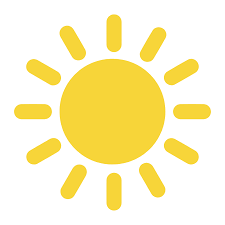 Energy resource
Energy resource

 Energy resource
Energy resource
 *Electrical power
*Electrical power

 Energy resource
Energy resource
 *Renewable energy
*Renewable energy
 Erneuerbare Energie
Erneuerbare Energie
 Erneuerbare Energie
Erneuerbare Energie
 Solar energy
Solar energy
 Mexico
Mexico

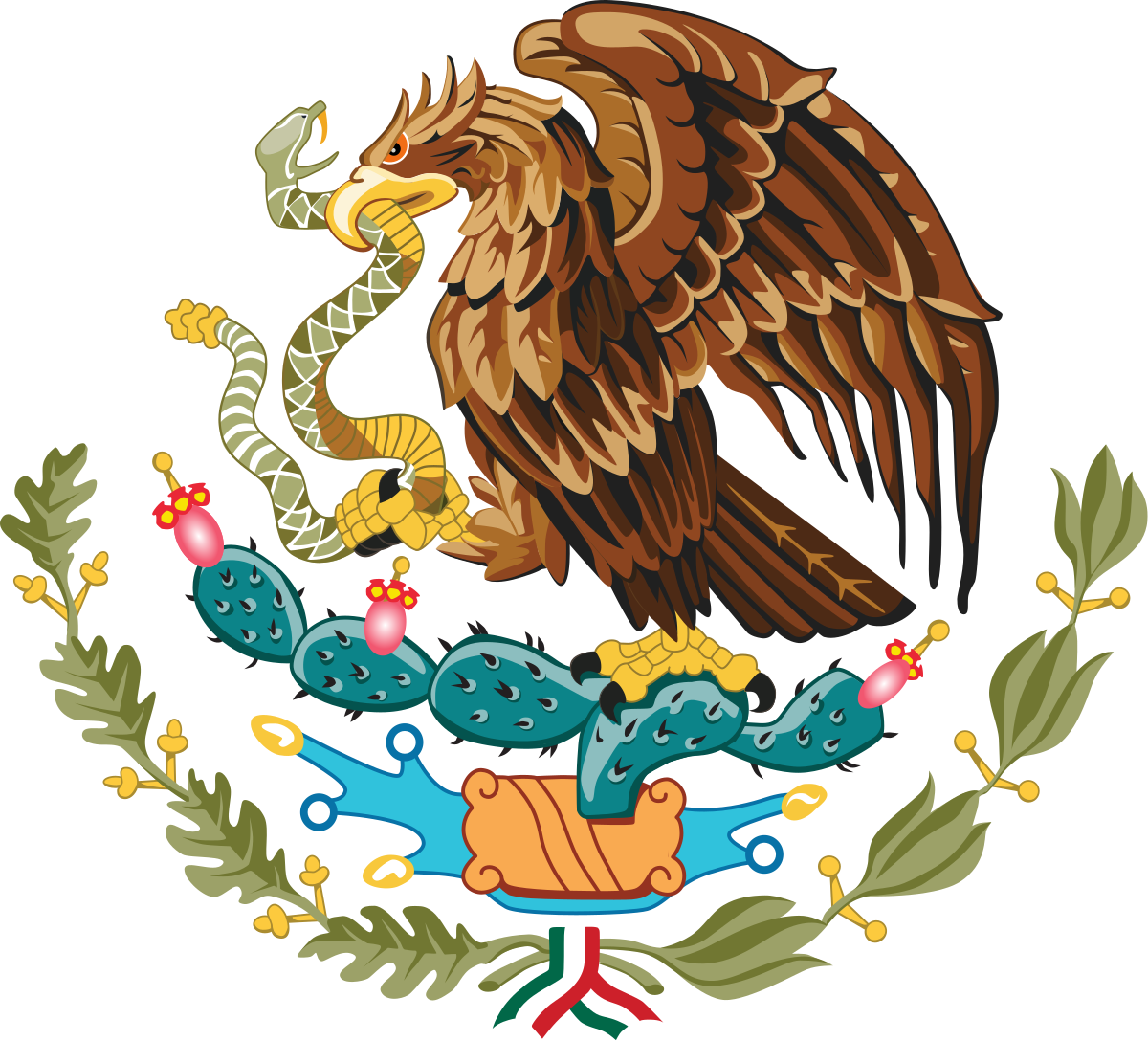
 Ethiopia
Ethiopia
 Bangladesh
Bangladesh
 Belgium
Belgium
 Brazil
Brazil
 China
China
 Cuba
Cuba
 Denmark
Denmark
 Hunan Sheng-HN
Hunan Sheng-HN
 India
India

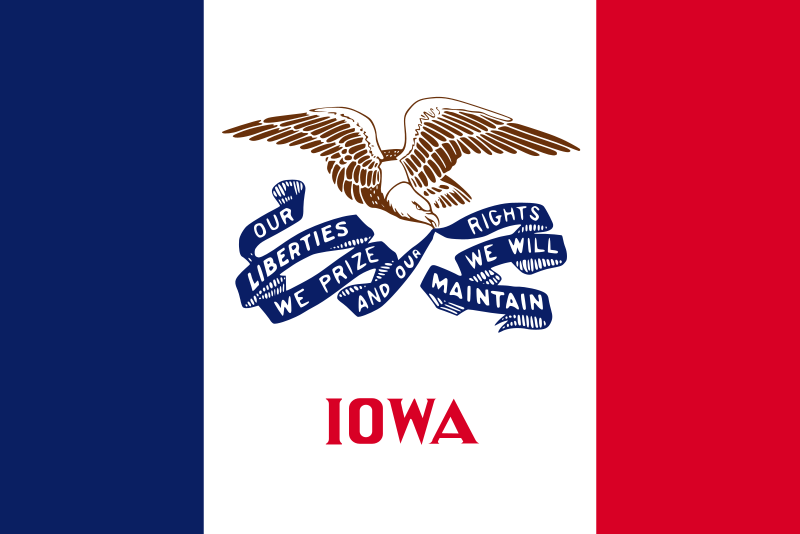 Iowa-IA
Iowa-IA
 Israel
Israel
 Mexico
Mexico
 Switzerland
Switzerland
 Sierra Leone
Sierra Leone
 United States
United States
 United Kingdom
United Kingdom
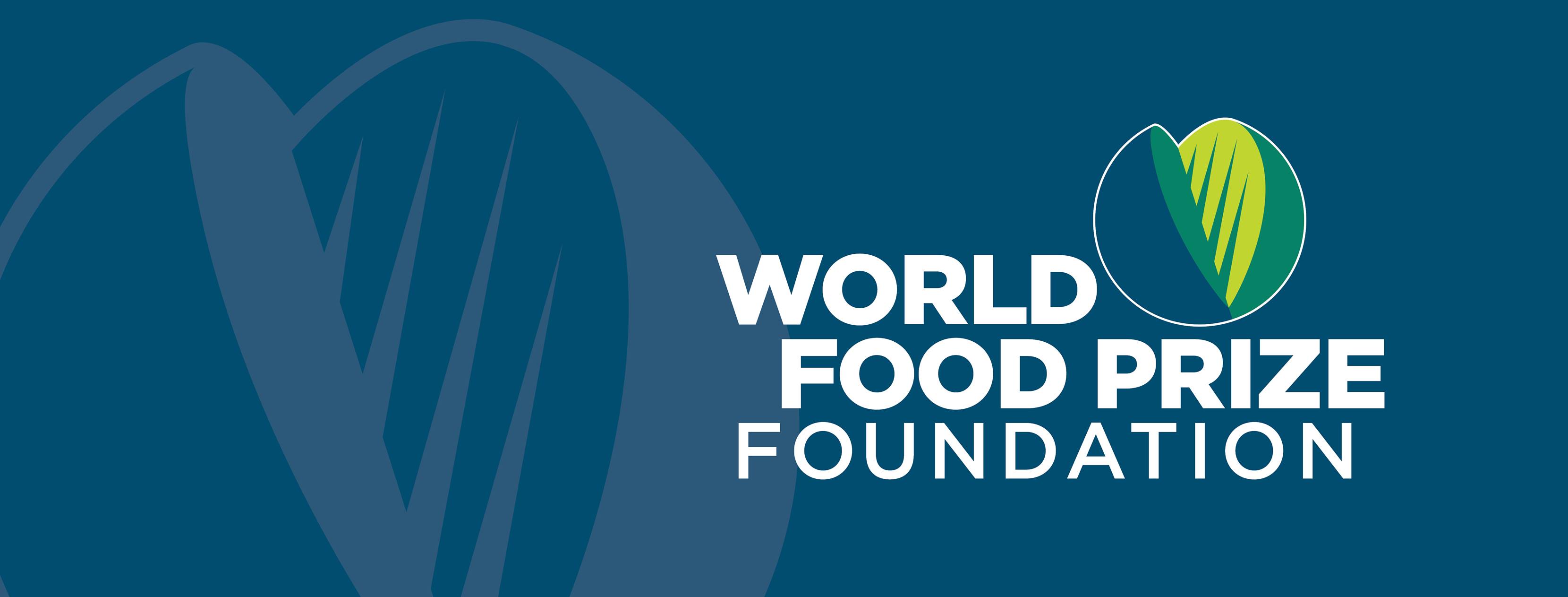

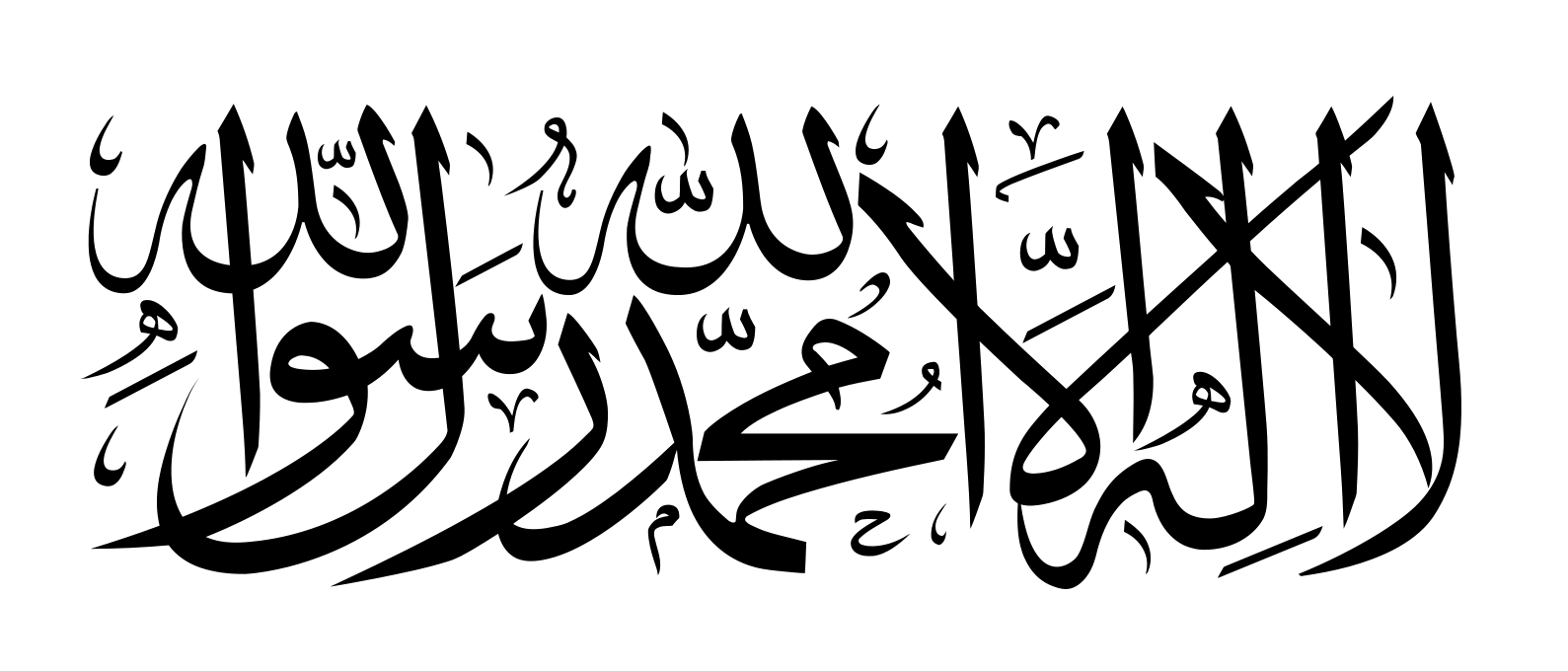 Afghanistan
Afghanistan
 Egypt
Egypt
 Albania
Albania
 Angola
Angola
 Antigua and Barbuda
Antigua and Barbuda
 Argentina
Argentina
 Armenia
Armenia
 Australia
Australia
 Bahrain
Bahrain
 Bangladesh
Bangladesh
 Barbados
Barbados
 Belgium
Belgium
 Belize
Belize
 Benin
Benin
 Bolivia
Bolivia
 Botsuana
Botsuana
 Brazil
Brazil
 Brunei Darussalam
Brunei Darussalam
 Bulgaria
Bulgaria
 Burkina Faso
Burkina Faso
 Burundi
Burundi
 Chile
Chile
 China
China
 Columbia
Columbia
 Costa Rica
Costa Rica
 Côte d´Ivoire
Côte d´Ivoire
 Cuba
Cuba
 Denmark
Denmark
 Demokratische Republik Kongo
Demokratische Republik Kongo
 Germany
Germany
 Dominica
Dominica
 Dominikanische Republik
Dominikanische Republik
 Djibouti
Djibouti
 Ecuador
Ecuador
 Estonia
Estonia

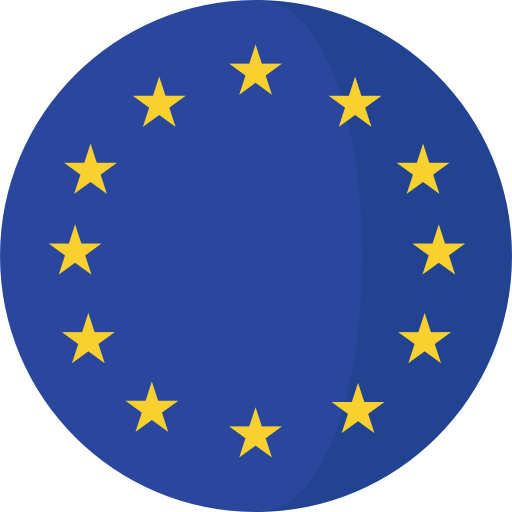 European Union
European Union
 Fidschi
Fidschi

 Financial
Financial
 Finland
Finland
 France
France
 Gabun
Gabun
 Gambia
Gambia
 Georgia
Georgia
 Ghana
Ghana
 Grenada
Grenada
 Greece
Greece
 Guatemala
Guatemala
 Guinea
Guinea
 Guinea-Bissau
Guinea-Bissau
 Guyana
Guyana
 Honduras
Honduras
 Hongkong Tebiexingzhengqu-HK
Hongkong Tebiexingzhengqu-HK
 India
India
 Indonesia
Indonesia
 Ireland
Ireland
 Iceland
Iceland
 Israel
Israel
 Italy
Italy
 Jamaika
Jamaika
 Japan
Japan
 Yemen
Yemen
 Jordan
Jordan
 Cambodia
Cambodia
 Cameroon
Cameroon
 Canada
Canada
 Kap Verde
Kap Verde
 Kasachstan
Kasachstan
 Katar
Katar
 Kenya
Kenya
 Kyrgyzstan
Kyrgyzstan
 Croatia
Croatia
 Kuwait
Kuwait
 Laos
Laos
 Lesotho
Lesotho
 Latvia
Latvia
 Liberia
Liberia
 Liechtenstein
Liechtenstein
 Lithuania
Lithuania
 Luxembourg
Luxembourg
 Macau Tebiexingzhengqu-MO
Macau Tebiexingzhengqu-MO
 Madagaskar
Madagaskar
 Malawi
Malawi
 Malta
Malta
 Morocco
Morocco
 Mauritania
Mauritania
 Mauritius
Mauritius
 Mexico
Mexico
 Moldawien
Moldawien

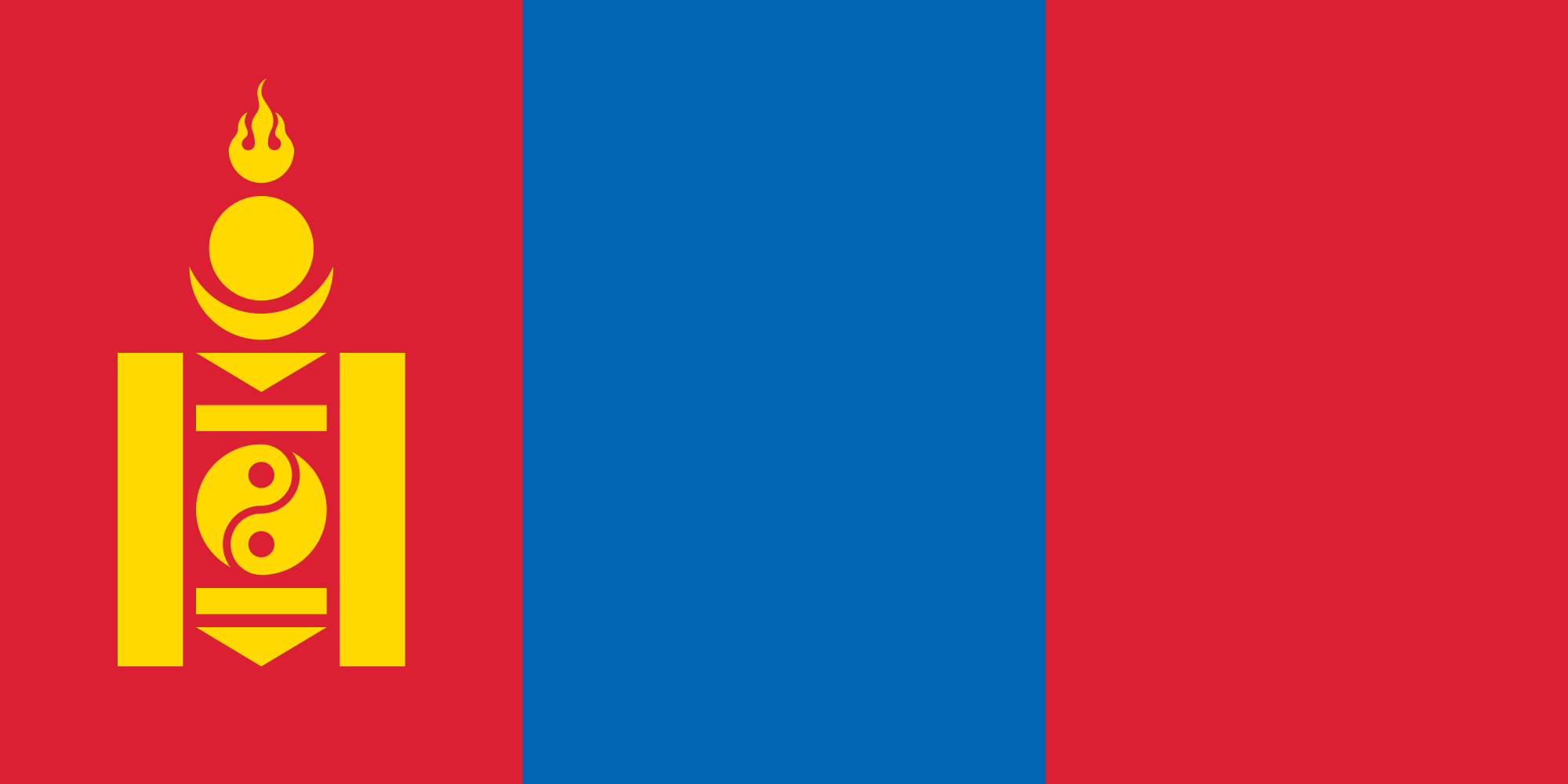 Mongolei
Mongolei
 Montenegro
Montenegro
 Mosambik
Mosambik
 Myanmar
Myanmar
 Namibia
Namibia
 Nepal
Nepal
 New Zealand
New Zealand
 Nicaragua
Nicaragua
 Netherlands
Netherlands
 Niger
Niger
 Nigeria
Nigeria
 Nordmazedonien
Nordmazedonien
 Norwegen
Norwegen
 Oman
Oman
 Austria
Austria
 Pakistan
Pakistan
 Panama
Panama
 Papua-Neuguinea
Papua-Neuguinea
 Paraguay
Paraguay
 Peru
Peru
 Philippines
Philippines
 Poland
Poland
 Portugal
Portugal
 Republik El Salvador
Republik El Salvador
 Republik Haiti
Republik Haiti
 Republik Kongo
Republik Kongo
 Republic of Korea
Republic of Korea
 Ruanda
Ruanda
 Romania
Romania
 Russia
Russia
 Salomonen
Salomonen
 Sambia
Sambia
 Samoa
Samoa
 Saudi Arabia
Saudi Arabia
 Sweden
Sweden
 Sweden
Sweden
 Switzerland
Switzerland
 Genf
Genf
 Senegal
Senegal
 Seychellen
Seychellen
 Sierra Leone
Sierra Leone
 Simbabwe
Simbabwe
 Singapore
Singapore
 Slovakia
Slovakia
 Slovenia
Slovenia
 Spain
Spain
 Sri Lanka
Sri Lanka
 Saint Kitts and Nevis
Saint Kitts and Nevis
 St. Lucia
St. Lucia
 St. Vincent and the Grenadines
St. Vincent and the Grenadines
 South Africa
South Africa
 Suriname
Suriname
 Swasiland
Swasiland
 Tajikistan
Tajikistan
 Taiwan Sheng-TW
Taiwan Sheng-TW
 Tansania
Tansania
 Thailand
Thailand
 Togo
Togo
 Tonga
Tonga
 Trinidad und Tobago
Trinidad und Tobago
 Tschad
Tschad
 Czech Republic
Czech Republic
 Tunisia
Tunisia
 Turkey
Turkey
 Uganda
Uganda
 Ukraine
Ukraine
 Hungary
Hungary
 Uruguay
Uruguay
 Vanuatu
Vanuatu
 Venezuela
Venezuela
 United Arab Emirates
United Arab Emirates
 United States
United States
 United Kingdom
United Kingdom
 Vietnam
Vietnam

 Important International Organizations
Important International Organizations
 World Trade Organization
World Trade Organization
 Roberto Azevêdo
Roberto Azevêdo
 World Trade Organization
World Trade Organization
 Mike Moore
Mike Moore
 World Trade Organization
World Trade Organization
 Ngozi Okonjo-Iweala
Ngozi Okonjo-Iweala
 World Trade Organization
World Trade Organization
 Pascal Lamy
Pascal Lamy
 World Trade Organization
World Trade Organization
 Peter Sutherland
Peter Sutherland
 World Trade Organization
World Trade Organization
 Renato Ruggiero
Renato Ruggiero
 World Trade Organization
World Trade Organization
 Supachai Panitchpakdi
Supachai Panitchpakdi
 Central African Republic
Central African Republic
 Cyprus
Cyprus


世界贸易组织(简称世贸组织或世贸;英语:World Trade Organization,缩写为 WTO;法语:Organisation Mondiale du Commerce,缩写为 OMC;西班牙语:Organización Mundial del Comercio,缩写为 OMC)是负责监督成员经济体之间各种贸易协议得到执行的一个国际组织,前身是1948年起实施的关税及贸易总协定的秘书处。
世贸总部位于瑞士日内瓦,现任总干事是罗伯托·阿泽维多。截至2016年7月29日,世界贸易组织共有164个成员。[5]世界贸易组织的职能是调解纷争,加入WTO不算签订一种多边贸易协议,但其设置的入会门槛可以做为愿意降低关税、法政上配合、参与国际贸易的门票,它是贸易体制的组织基础和法律基础,是众多贸易协定的管理者,是各成员贸易立法的监督者,是就贸易提供解决争端和进行谈判的场所。该机构是当代最重要的国际经济组织之一,其成员间的贸易额占世界贸易额的绝大多数,被称为“经济联合国”。
Die Welthandelsorganisation (englisch World Trade Organization, WTO; französisch Organisation mondiale du commerce, OMC; spanisch Organización Mundial de Comercio, OMC) ist eine internationale Organisation mit Sitz in Genf, die sich mit der Regelung von Handels- und Wirtschaftsbeziehungen beschäftigt. Sie wurde am 15. April 1994 aus dem General Agreement on Tariffs and Trade (GATT) in der Uruguay-Runde nach siebenjähriger Verhandlungszeit gegründet. Am 1. Januar 1995 nahm sie ihre Arbeit in Genf auf. Die WTO ist neben dem IWF und der Weltbank eine der zentralen internationalen Organisationen, die Handels- und Wirtschaftspolitik mit globaler Reichweite verhandelt.
世界貿易機関(せかいぼうえききかん、英: World Trade Organization、略称:WTO)は、自由貿易促進を主たる目的として創設された国際機関である。常設事務局がスイスのジュネーブに置かれている。
GATT(ガット)ウルグアイ・ラウンドにおける合意によって、世界貿易機関を設立するマラケシュ協定(WTO設立協定)に基づいて1995年1月1日にGATTを発展解消させて成立した。
本来GATTは、第二次世界大戦後の安定を見据え、国際通貨基金および国際復興開発銀行とともに設立が予定されていた国際貿易機関(ITO)の設立準備の際に、暫定協定として結ばれたものであった。国際貿易機関の設立が廃案となり、GATTがその代替として発展強化されていくうちに、再びこの分野の常設機関が求められ、WTOが設立されることとなった。発展解消であるため、GATTの事務局及び事務局長もWTOへと引き継がれることとなった[4]。
WTOはGATTを継承したものであるが、GATTが協定(Agreement)に留まったのに対し、WTOは機関(Organization)であるのが根本的な違いである。
を基本原則としている。また、物品貿易だけでなく金融、情報通信、知的財産権やサービス貿易も含めた包括的な国際通商ルールを協議する場である。
対抗処置の発動では、紛争処理機関(パネル)の提訴に対し全加盟国による反対がなければ採択されるというネガティブ・コンセンサス方式(逆コンセンサス方式)を採用した強力な紛争処理能力を持つ。これは国際組織としては稀な例であり、コンセンサス方式を採っていたGATTとの大きな違いで、WTOの特徴の一つといえる。
新多角的貿易交渉(新ラウンド)は、2001年11月にカタールのドーハで行われた第4回WTO閣僚会議で開始を決定し、ドーハ・ラウンドと呼ばれていた。2002年2月1日の貿易交渉委員会で新ラウンドがスタートした。しかし9年に及ぶ交渉は先進国と、急速に台頭してきたBRICsなど新興国との対立によって中断と再開を繰り返した末、ジュネーブで行われた第4回WTO閣僚会議(2011年12月17日)で「交渉を継続していくことを確認するものの、近い将来の妥結を断念する」(議長総括)となり事実上停止状態になった。
その後、2013年のバリ島における閣僚会議で、貿易円滑化協定を含む合意が成立し、2014年7月まで貿易円滑化協定をWTO協定に加える(附属書1Aに追加)するための文書を一般理事会で採択すべきとされた[5]。しかしインドが合意を蒸し返す状態で反対したため期限までに採択できなかった[6]。その後食糧備蓄への補助金の問題で先進国側が譲歩することでようやくインドが合意し、2014年11月27日の一般理事会で貿易円滑化協定が採択された[6]。WTO加盟国の3分の2が改正を受諾した日に発効することになっており、2017年2月22日にこの要件を満たし、協定が発効した。
The World Trade Organization (WTO) is an intergovernmental organization that regulates international trade. The WTO officially commenced on 1 January 1995 under the Marrakesh Agreement, signed by 124 nations on 15 April 1994, replacing the General Agreement on Tariffs and Trade (GATT), which commenced in 1948. It is the largest international economic organization in the world.[5][6]
The WTO deals with regulation of trade in goods, services and intellectual property between participating countries by providing a framework for negotiating trade agreements and a dispute resolution process aimed at enforcing participants' adherence to WTO agreements, which are signed by representatives of member governments[7]:fol.9–10 and ratified by their parliaments.[8] The WTO prohibits discrimination between trading partners, but provides exceptions for environmental protection, national security, and other important goals.[9] Trade-related disputes are resolved by independent judges at the WTO through a dispute resolution process.[9]
The WTO's current Director-General is Roberto Azevêdo,[10][11] who leads a staff of over 600 people in Geneva, Switzerland.[12] A trade facilitation agreement, part of the Bali Package of decisions, was agreed by all members on 7 December 2013, the first comprehensive agreement in the organization's history.[13][14] On 23 January 2017, the amendment to the WTO Trade Related Aspects of Intellectual Property Rights (TRIPS) Agreement marks the first time since the organization opened in 1995 that WTO accords have been amended, and this change should secure for developing countries a legal pathway to access affordable remedies under WTO rules.[15]
Studies show that the WTO boosted trade,[16][17][9] and that barriers to trade would be higher in the absence of the WTO.[18] The WTO has highly influenced the text of trade agreements, as "nearly all recent [preferential trade agreements (PTAs)] reference the WTO explicitly, often dozens of times across multiple chapters... in many of these same PTAs we find that substantial portions of treaty language—sometime the majority of a chapter—is copied verbatim from a WTO agreement."[19]
L'Organisation mondiale du commerce (OMC ; en anglais : World Trade Organization, WTO, en espagnol : Organización Mundial del Comercio, OMC) est une organisation internationale qui s'occupe des règles régissant le commerce international entre les pays. Au cœur de l'organisation se trouvent les accords de l'OMC, négociés et signés en avril 1994 à Marrakech1 par la majeure partie des puissances commerciales du monde2 et ratifiés par leurs assemblées parlementaires. L'OMC a pour but principal de favoriser l'ouverture commerciale. Pour cela, elle tâche de réduire les obstacles au libre-échange, d'aider les gouvernements à régler leurs différends commerciaux et d'assister les exportateurs, les importateurs et les producteurs de marchandises et de services dans leurs activités.
Depuis 2001, le cycle de négociation mené par l'OMC est le Cycle de Doha3. Bien que l'OMC ne soit pas une agence spécialisée de l'ONU, elle entretient des liens avec cette dernière4. Le siège de l'OMC est au Centre William-Rappard, à Genève. Depuis le 1er septembre 2013, l'organisation est présidée par le Brésilien Roberto Azevêdo qui a été élu directeur général.
L'Organizzazione mondiale del commercio, abbreviato in OMC (in inglese: World Trade Organization, WTO), è un'organizzazione internazionale creata allo scopo di supervisionare numerosi accordi commerciali tra gli stati membri. Vi aderiscono[3] 164 Paesi, a cui se ne aggiungono altri 22 con ruolo di osservatori,[4] comprendendo così oltre il 95% del commercio mondiale di beni e servizi.[5]
La sede dell'OMC si trova, dal 1995, presso il Centro William Rappard a Ginevra, Svizzera.[6]
La Organización Mundial del Comercio (OMC) fue establecida en 1995. Tiene su sede en Ginebra, Suiza, y sus idiomas oficiales son el inglés, el francés y el español. La OMC no forma parte del sistema de las Naciones Unidas, y tampoco de los organismos de Bretton Woods como el Banco Mundial o el FMI.Nota 1
Всеми́рная торго́вая организа́ция (ВТО; англ. World Trade Organization (WTO), фр. Organisation mondiale du commerce (OMC), исп. Organización Mundial del Comercio) — международная организация, созданная 1 января 1995 года с целью либерализации международной торговли и регулирования торгово-политических отношений государств-членов. ВТО образована на основе Генерального соглашения по тарифам и торговле (ГАТТ), заключенного в 1947 году и на протяжении почти 50 лет фактически выполнявшего функции международной организации, но не являвшегося тем не менее международной организацией в юридическом смысле.
ВТО отвечает за разработку и внедрение новых торговых соглашений, а также следит за соблюдением членами организации всех соглашений, подписанных большинством стран мира и ратифицированных их парламентами. ВТО строит свою деятельность, исходя из решений, принятых в 1986—1994 годах в рамках Уругвайского раунда и более ранних договоренностей ГАТТ. Обсуждения проблем и принятие решений по глобальным проблемам либерализации и перспективам дальнейшего развития мировой торговли проходят в рамках многосторонних торговых переговоров (раунды). К настоящему времени проведено 8 раундов таких переговоров, включая Уругвайский, а в 2001 году стартовал девятый в Дохе, Катар. Организация пытается завершить переговоры по Дохийскому раунду переговоров, который был начат с явным акцентом на удовлетворение потребностей развивающихся стран. По состоянию на декабрь 2012 года будущее раунда переговоров в Дохе остаётся неопределённым: программа работы состоит из 21 части, а первоначально установленный окончательный срок 1 января 2005 года был давно пропущен[3]. В ходе переговоров возник конфликт между стремлением к свободной торговле и стремлением множества стран к протекционизму, особенно в плане сельскохозяйственных субсидий. До сих пор эти препятствия остаются главными и мешают любому прогрессу для запуска новых переговоров в рамках Дохийского раунда. По состоянию на июль 2012 года, существуют различные группы переговоров в системе ВТО для решения текущих вопросов в плане сельского хозяйства, что приводит к застою в самих переговорах[4].
Штаб-квартира ВТО расположена в Женеве, Швейцария. Глава ВТО (генеральный директор) — Роберту Карвалью ди Азеведу, в штате самой организации около 600 человек[5].
На 26 апреля 2015 года в ВТО состояли 162 страны[6].
Правила ВТО предусматривают ряд льгот для развивающихся стран. В настоящее время развивающиеся страны — члены ВТО имеют (в среднем) более высокий относительный уровень таможенно-тарифной защиты своих рынков по сравнению с развитыми. Тем не менее, в абсолютном выражении общий размер таможенно-тарифных санкций в развитых странах гораздо выше, вследствие чего доступ на рынки высокопередельной продукции из развивающихся стран серьёзно ограничен[7].
Правила ВТО регулируют только торгово-экономические вопросы. Попытки США и ряда европейских стран начать дискуссию об условиях труда (что позволило бы считать недостаточную законодательную защиту работников конкурентным преимуществом) были отвергнуты из-за протестов развивающихся стран, которые утверждали, что такие меры только ухудшат благосостояние работников в связи с сокращением числа рабочих мест, снижением доходов и уровня конкурентоспособности[7].
Mitglieder der WTO
| Staat | Beitrittsdatum |
|---|---|
| 30. Juni 1995 | |
| 29. Juli 2016 | |
| 8. September 2000 | |
| 23. November 1996 | |
| 1. Januar 1995 | |
| 1. Januar 1995 | |
| 5. Februar 2003 | |
| 1. Januar 1995 | |
| 1. Januar 1995 | |
| 1. Januar 1995 | |
| 1. Januar 1995 | |
| 1. Januar 1995 | |
| 1. Januar 1995 | |
| 22. Februar 1996 | |
| 12. September 1995 | |
| 31. Mai 1995 | |
| 1. Januar 1995 | |
| 1. Januar 1995 | |
| 1. Dezember 1996 | |
| 3. Juni 1995 | |
| 23. Juli 1995 | |
| 1. Januar 1995 | |
| 11. Dezember 2001 | |
| 1. Januar 1995 | |
| 1. Januar 1995 | |
| 1. Januar 1995 | |
| 1. Januar 1995 | |
| 9. März 1995 | |
| 31. Mai 1995 | |
| 21. Januar 1996 | |
| 7. Mai 1995 | |
| 1. Januar 1995 | |
| 13. November 1999 | |
| 1. Januar 1995 | |
| 1. Januar 1995 | |
| 14. Januar 1996 | |
| 1. Januar 1995 | |
| 1. Januar 1995 | |
| 1. Januar 1995 | |
| 23. Oktober 1996 | |
| 14. Juni 2000 | |
| 1. Januar 1995 | |
| 22. Februar 1996 | |
| 1. Januar 1995 | |
| 21. Juli 1995 | |
| 25. Oktober 1995 | |
| 31. Mai 1995 | |
| 1. Januar 1995 | |
| 30. Januar 1996 | |
| 1. Januar 1995 | |
| 1. Januar 1995 | |
| 1. Januar 1995 | |
| 1. Januar 1995 | |
| 1. Januar 1995 | |
| 1. Januar 1995 | |
| 21. April 1995 | |
| 1. Januar 1995 | |
| 9. März 1995 | |
| 26. Juni 2014 | |
| 1. Januar 1995 | |
| 11. April 2000 | |
| 13. Oktober 2004 | |
| 13. Dezember 1995 | |
| 1. Januar 1995 | |
| 23. Juli 2008 | |
| 30. November 2015 | |
| 13. Januar 1996 | |
| 1. Januar 1995 | |
| 20. Dezember 1998 | |
| 30. April 1995 | |
| 1. Januar 1997 | |
| 27. März 1997 | |
| 30. November 2000 | |
| 20. April 1995 | |
| 1. Januar 1995 | |
| 2. Februar 2013 | |
| 31. Mai 1995 | |
| 10. Februar 1999 | |
| 14. Juli 2016 | |
| 1. September 1995 | |
| 31. Mai 2001 | |
| 1. Januar 1995 | |
| 1. Januar 1995 | |
| 17. November 1995 | |
| 29. April 2012 | |
| 31. Mai 1995 | |
| 1. Januar 1995 | |
| 31. Mai 1995 | |
| 31. Mai 1995 | |
| 1. Januar 1995 | |
| 1. Januar 1995 | |
| 31. Mai 1995 | |
| 1. Januar 1995 | |
| 4. April 2003 | |
| 1. Januar 1995 | |
| 26. Juli 2001 | |
| 29. Januar 1997 | |
| 26. August 1995 | |
| 1. Januar 1995 | |
| 1. Januar 1995 | |
| 23. April 2004 | |
| 1. Januar 1995 | |
| 3. September 1995 | |
| 1. Januar 1995 | |
| 13. Dezember 1996 | |
| 1. Januar 1995 | |
| 1. Januar 1995 | |
| 9. November 2000 | |
| 1. Januar 1995 | |
| 1. Januar 1995 | |
| 6. September 1997 | |
| 9. Juni 1996 | |
| 1. Januar 1995 | |
| 1. Januar 1995 | |
| 1. Januar 1995 | |
| 1. Juli 1995 | |
| 1. Januar 1995 | |
| 22. Mai 1996 | |
| 1. Januar 1995 | |
| 22. August 2012 | |
| 26. Juli 1996 | |
| 1. Januar 1995 | |
| 11. Dezember 2005 | |
| 10. Mai 2012 | |
| 1. Januar 1995 | |
| 1. Januar 1995 | |
| 1. Januar 1995 | |
| 26. April 2015 | |
| 23. Juli 1995 | |
| 5. März 1995 | |
| 1. Januar 1995 | |
| 1. Januar 1995 | |
| 30. Juli 1995 | |
| 1. Januar 1995 | |
| 1. Januar 1995 | |
| 21. Februar 1996 | |
| 1. Januar 1995 | |
| 1. Januar 1995 | |
| 1. Januar 1995 | |
| 1. Januar 1995 | |
| 1. Januar 1995 | |
| 2. März 2013 | |
| 1. Januar 2002 | |
| 1. Januar 1995 | |
| 1. Januar 1995 | |
| 31. Mai 1995 | |
| 27. Juli 2007 | |
| 1. März 1995 | |
| 19. Oktober 1996 | |
| 1. Januar 1995 | |
| 29. März 1995 | |
| 26. März 1995[2] | |
| 1. Januar 1995 | |
| 16. Mai 2008 | |
| 1. Januar 1995 | |
| 1. Januar 1995 | |
| 1. Januar 1995 | |
| 10. April 1996 | |
| 1. Januar 1995 | |
| 1. Januar 1995 | |
| 24. August 2012 | |
| 11. Januar 2007 | |
| 31. Mai 1995 | |
| 30. Juli 1995 |
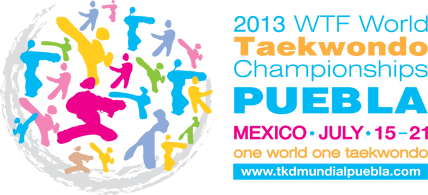

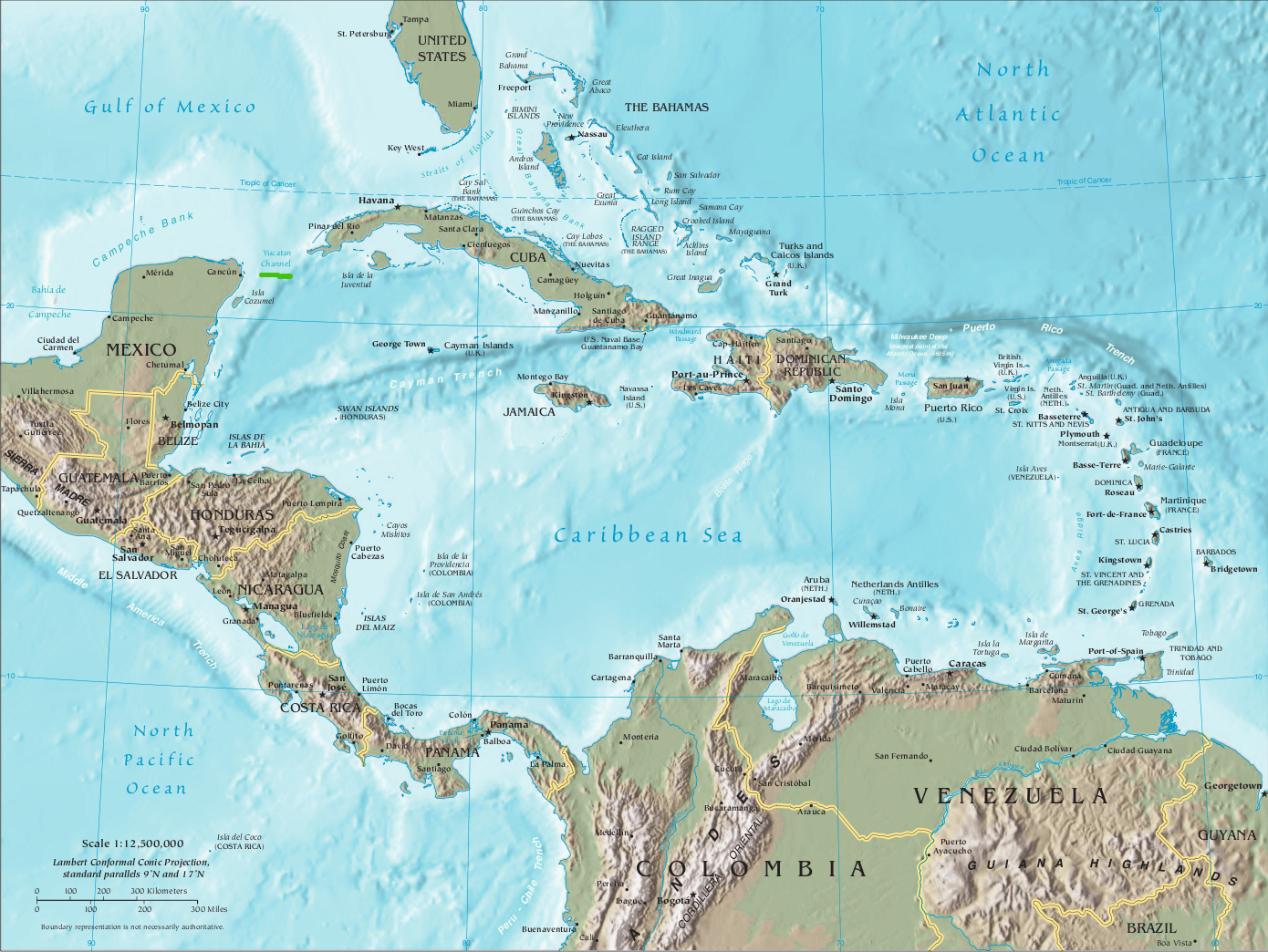
 Economy and trade
Economy and trade
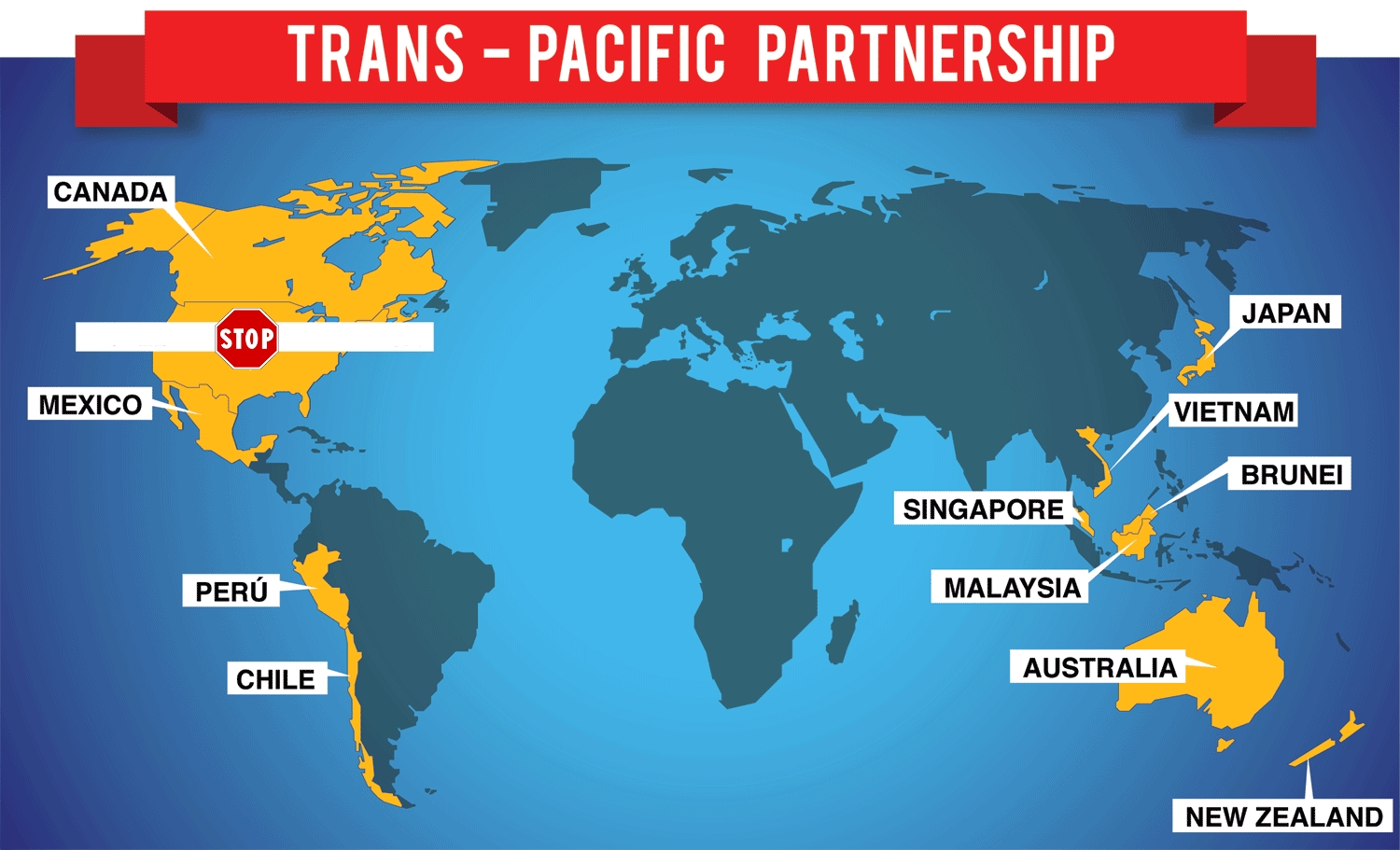
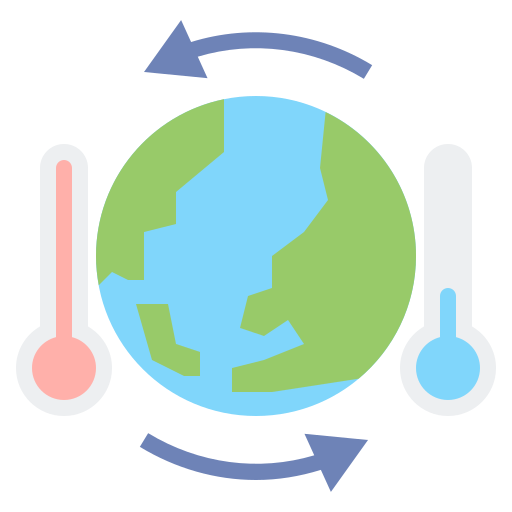 Climate
Climate
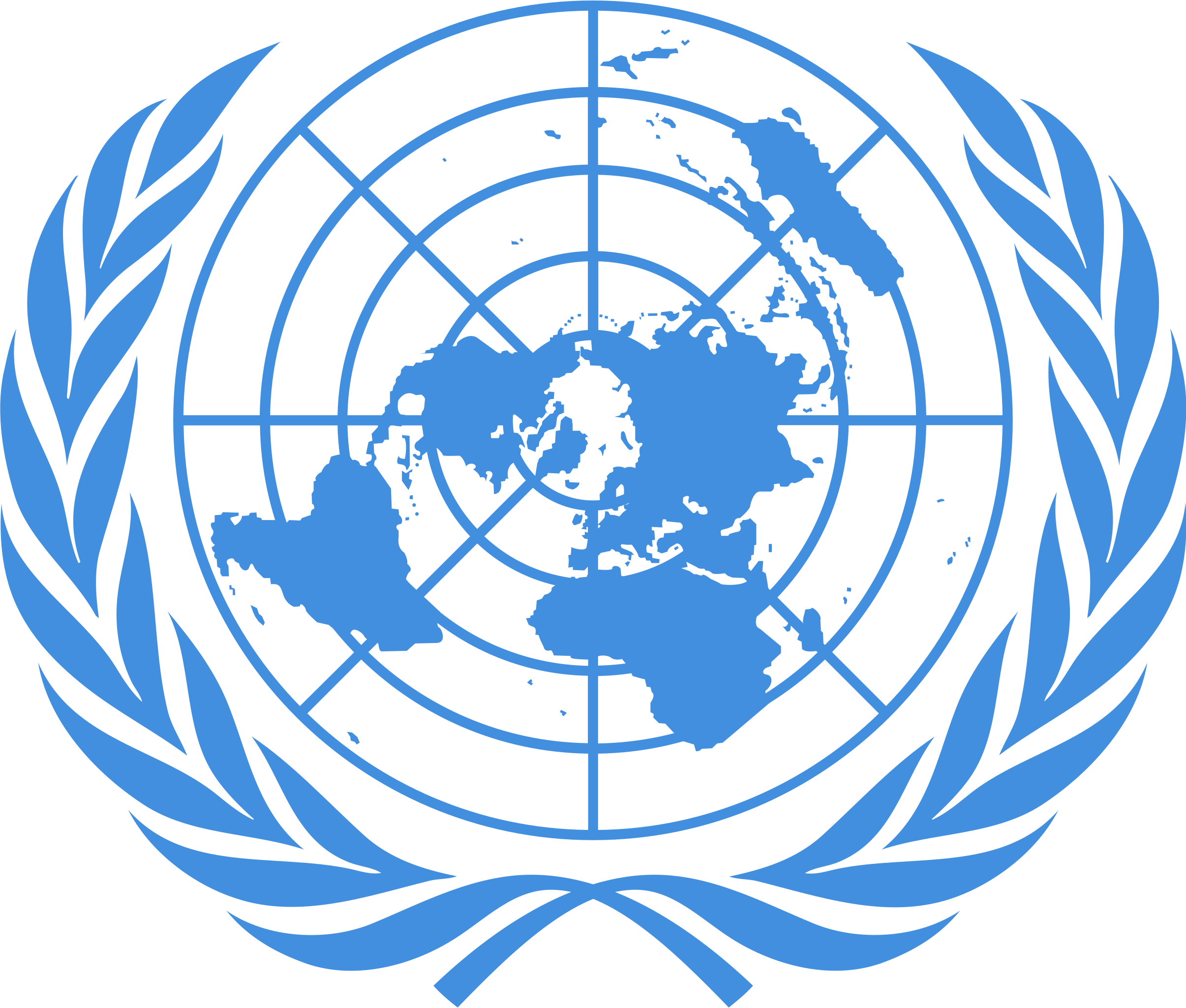 United Nations
United Nations
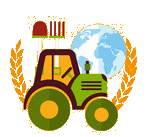 Agriculture, forestry, livestock, fishing
Agriculture, forestry, livestock, fishing
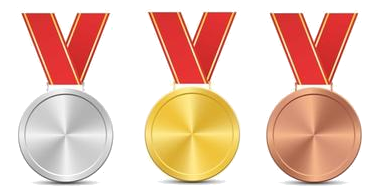 Sport
Sport